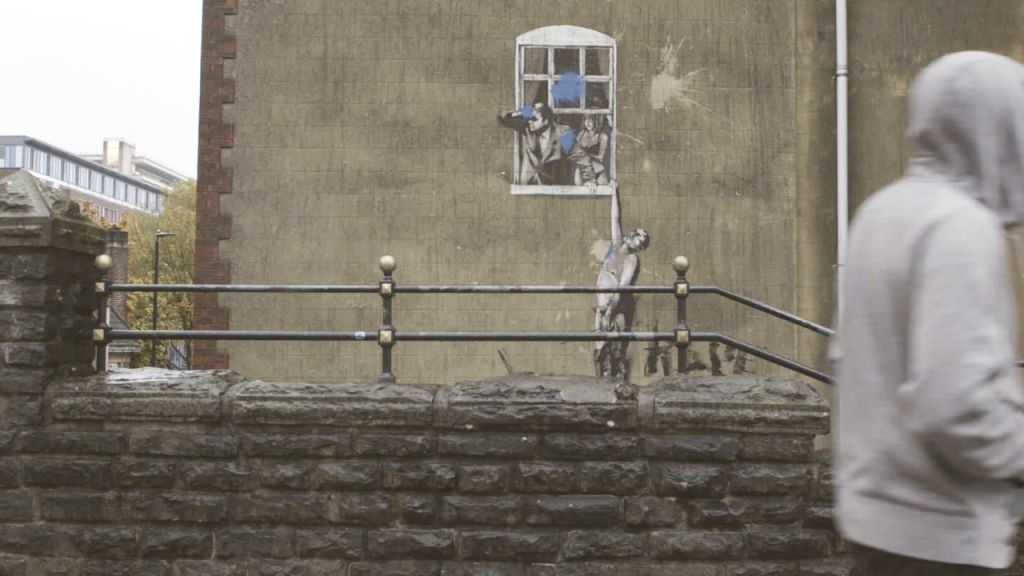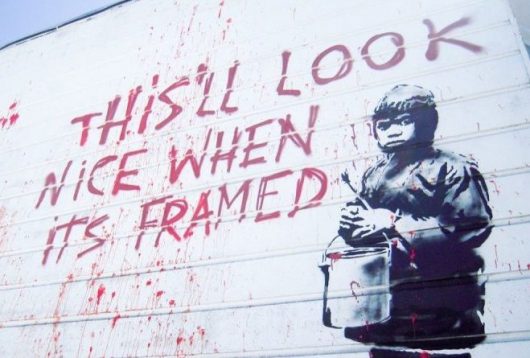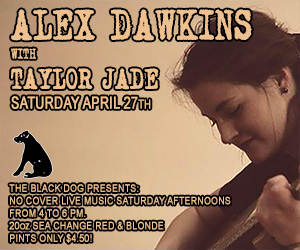EIFF REVIEW: Banksy Most Wanted Digs Deep Into Picasso of Street Art
Posted on October 5, 2020 By Colin MacLean Entertainment, Film, Front Slider
 The elusive graffiti artist Banksy may be the most famous artist in the world. His simple but affecting works have appeared mysteriously on walls, also in galleries, on trains, cars and wherever an inviting surface appears. He’s parlayed his shadowy persona and artistic genius into a fortune guessed at $50 million. His stencil of a girl reaching for a heart shaped red balloon, originally painted on the wall of a printing shop in London in 2002, has been voted as Britain’s favourite work of art.
The elusive graffiti artist Banksy may be the most famous artist in the world. His simple but affecting works have appeared mysteriously on walls, also in galleries, on trains, cars and wherever an inviting surface appears. He’s parlayed his shadowy persona and artistic genius into a fortune guessed at $50 million. His stencil of a girl reaching for a heart shaped red balloon, originally painted on the wall of a printing shop in London in 2002, has been voted as Britain’s favourite work of art.
And still nobody knows who he is.
Banksy Most Wanted is one of the premier films featured in this year’s Edmonton International Film Festival. The hour and a half documentary might better he called “Banksy A Primer.” French co-directors Aurelia Rouvier and Seamus Haley make little effort to fix the artist in any learned view of his place in world art. There are few examinations of how his gorilla creations challenge traditional art forms, or what his continuing influence may be.
Instead of a broad cultural perspective, the two directors have given us a breathless, slam-bang view of the life and times of a remarkable individual. Banksy Most Wanted may be about an artist but establishes no claim to being a work of art on its own. Neither does it set new standards of documentary making – the film is more interested in presenting a straight forward but fascinating story in a cogent and comprehensive manner. If you want depth, look elsewhere. And when it comes right down to it, Banksy’s output, despite its simple and hugely accessible design, is relatable to a wide audience giving him the title of “the Picasso of street art.”
Yes, there are talking heads in the documentary but the producers have managed to assemble an impressive number of knowledgeable subjects who participated in the story itself – and set them in a propulsive vehicle held together with expressive visuals and archival footage. You will not be bored.
 Banksy’s spray-painted and stencil-based works first began appearing on the streets of Bristol, England in the 1990s. Observes the artist on a title card, “Graffiti is one of the few tools you have if you have almost nothing.” He painted the Israeli- Palestine segregation wall,and created “Dismaland,” a kind of anti-Disneyland near Bristol. He has “bombed” cities from Vienna to Detroit. If you have $9 million or so you can buy an RV graced by Banksy art. His artwork is rebellious, characterized by striking images, often combined with slogans with engaging political themes – satirically critiquing war, capitalism, hypocrisy and greed. Common subjects include rats, apes, policemen, members of the royal family and children.
Banksy’s spray-painted and stencil-based works first began appearing on the streets of Bristol, England in the 1990s. Observes the artist on a title card, “Graffiti is one of the few tools you have if you have almost nothing.” He painted the Israeli- Palestine segregation wall,and created “Dismaland,” a kind of anti-Disneyland near Bristol. He has “bombed” cities from Vienna to Detroit. If you have $9 million or so you can buy an RV graced by Banksy art. His artwork is rebellious, characterized by striking images, often combined with slogans with engaging political themes – satirically critiquing war, capitalism, hypocrisy and greed. Common subjects include rats, apes, policemen, members of the royal family and children.
Because of the secretive nature of Banksy’s work and identity, it is uncertain what techniques he uses to generate his images. He mentions in his book Wall and Piece that as he was starting to do graffiti, he was always either caught or could never finish the art in one sitting. He claims he changed to stencilling while hiding from the police under a rubbish lorry, when he noticed the stencilled serial number. He then devised a series of intricate stencils to minimize time and overlapping of the colour. The artist has disguised himself in various ways, including as a construction worker using tarps and scaffolding to appear to be doing renovation work. Bansky is now obviously more than just a guy at night with a spray can and a ladder. He works with a number of assistants, and it is possible that some of them spray through the stencils he draws and meticulously cut, using a computer.
Although his art is mostly described as inspiring, the film points out that the artist is not beloved by all. His detractors note that much of what he is doing is illegal vandalism. Other practitioners have gone to jail for their art. Original works have been painted over. And Banksy has become what he has attacked his entire artistic life – a capitalist.
The film grabs you right off the head as it takes advantage of the many videos taken of the famous 2018 Southeby’s unveiling of an original print that sold for $1.4 million. Once the price was established and the gavel came down the frame started to shake and the work went through a shredder hidden on the bottom. It seized up half way through but the effect was electric, with the “audience” showing surprise, horror, anger and ironic laughter. (The film shows you a man in the room with an electronic device that may have set off the destruction; it has been suggested that he is the artist). Banksy’s joke, which was probably aimed at deflating the smug commercial art world, is still regarded as a work of art. Under the title of “Love in a Bin” it has been displayed in galleries and is now worth some $2.5 million.
After a rather forensic look at Bansky’s life and art, the last 20 minutes or so of the film probes some of the individuals, fellow artists, Banksy’s onetime agent, witnesses, gallery owners and sketchy businessmen who have torn down buildings to endeavour to sell the artwork thereon. Most interestingly are the reporters, investigators, hackers and others who try to identify for us exactly who the artist really is. Is he a member of the Rock group Massive Attack? Works have appeared in cities where the band has played. A researcher postulates that the artist really was a member of the “virtual” band Gorillaz, which appeared in Bansky’s film Exit to the Gift Shop.
More mundanely, one reporter insists Banksy was a middle-class school boy. Take your pick. All the nominated possibilities seem to be well researched.
“If you want to say something and have people listen, then you have to wear a mask,” observes the artist.
Somewhere Bansky is smiling.
Banks Most Wanted screens one more time at EIFF, Tuesday, Oct. 5 at 6:30 pm in n the Landmark Cinemas 9 City Centre.













